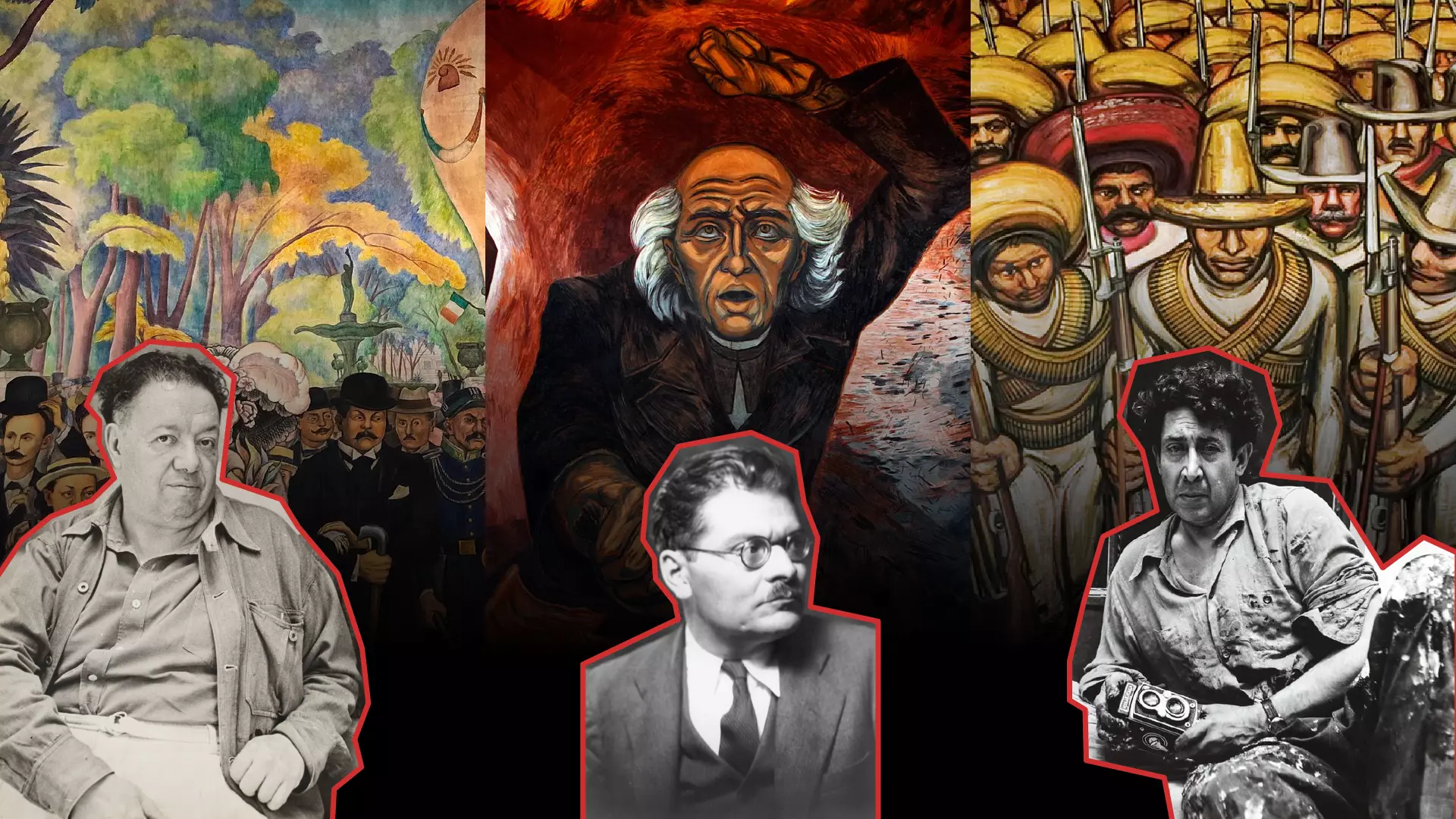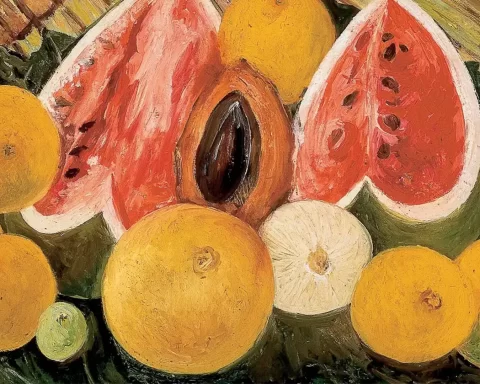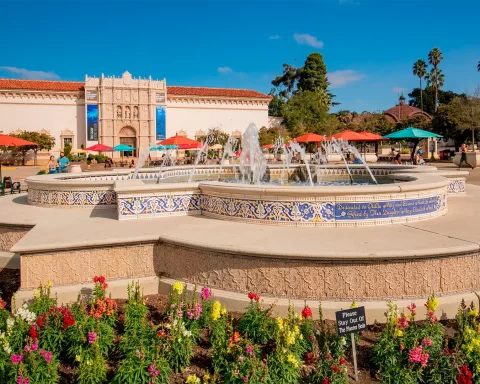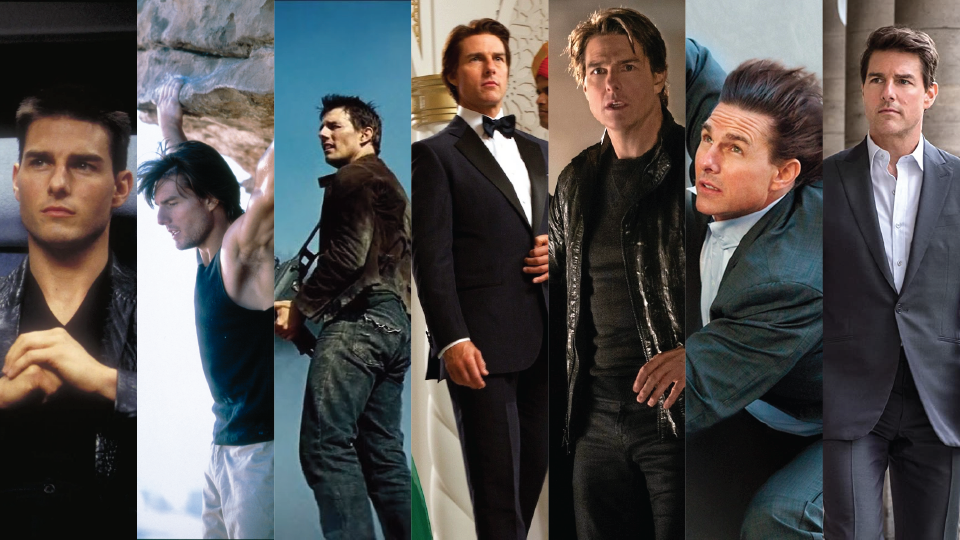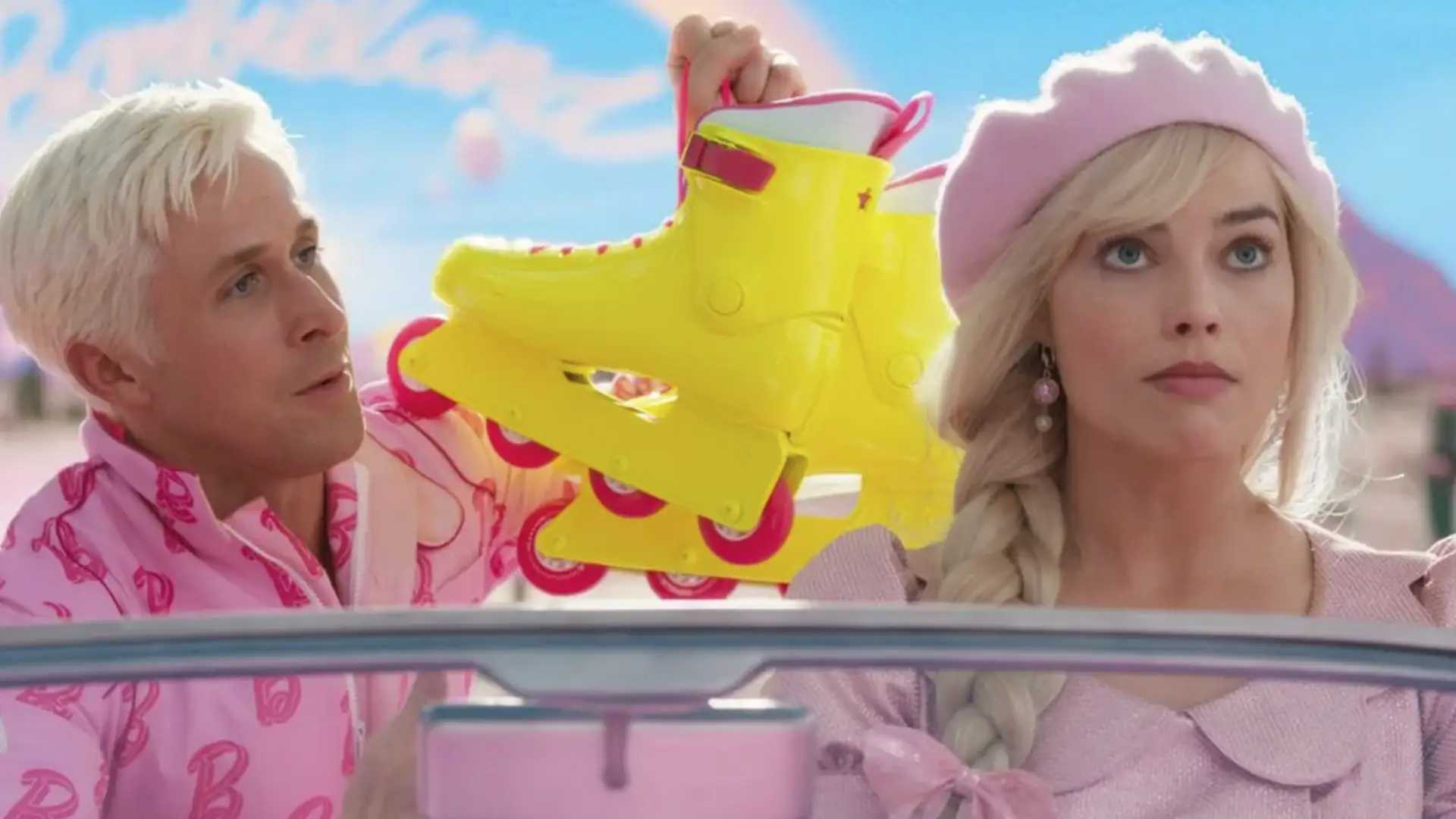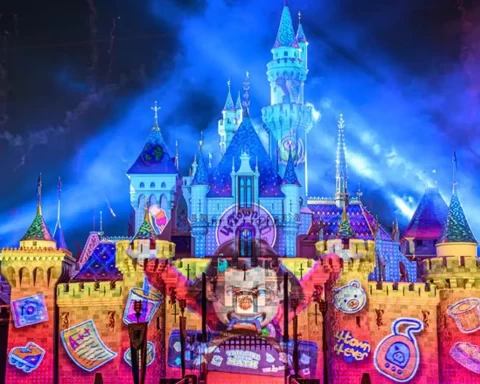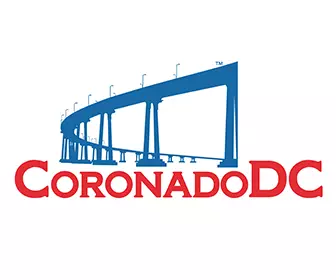Three Mexican muralists made their mark on the art world at the beginning of the 20th century and altered the aesthetic landscape. The Big Three Muralists—David Alfaro Siqueiros, José Clemente Orozco, and Diego Rivera—revolutionized mural painting with their distinct aesthetics, potent messages, and unwavering dedication to social change. This article examines what makes these renowned artists unique as we dig into their mesmerizing worlds.
David Alfaro Siqueiros
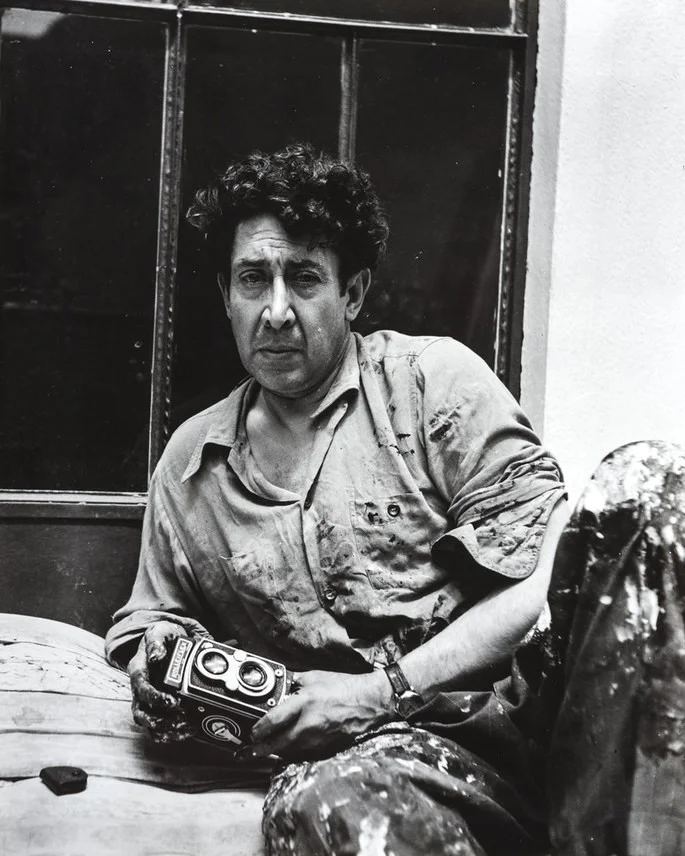
As an artist and a political activist, David Alfaro Siqueiros was a formidable force. His murals battled against social inequity by representing the sufferings of the working class. A hallmark of Siqueiros’ work was bold and dynamic compositions with an emphasis on massive figures in motion. In order to give the image a sense of depth and realism, he used strategies including perspective and airbrushing. Siqueiros is a great Mexican muralist because his love for social justice is evident in his works.

José Clemente Orozco
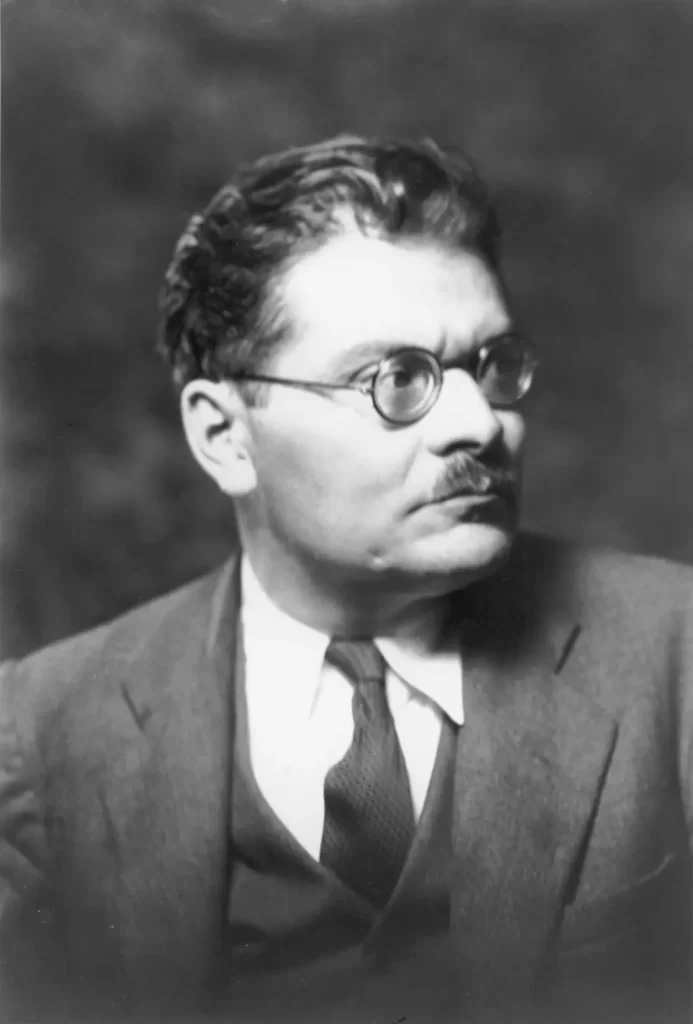
Murals of José Clemente Orozco were notable for their unbridled passion and in-depth examination of the human condition. He explored the themes of sorrow, societal injustice, and the complexity of the human spirit. The illustrations of Orozco included dramatic, emotive characters that were frequently warped to depict the suffering and resiliency of humanity. Orozco’s artworks are painful reflections of the human experience because of the symbolism and brilliant colors he used.

Diego Rivera
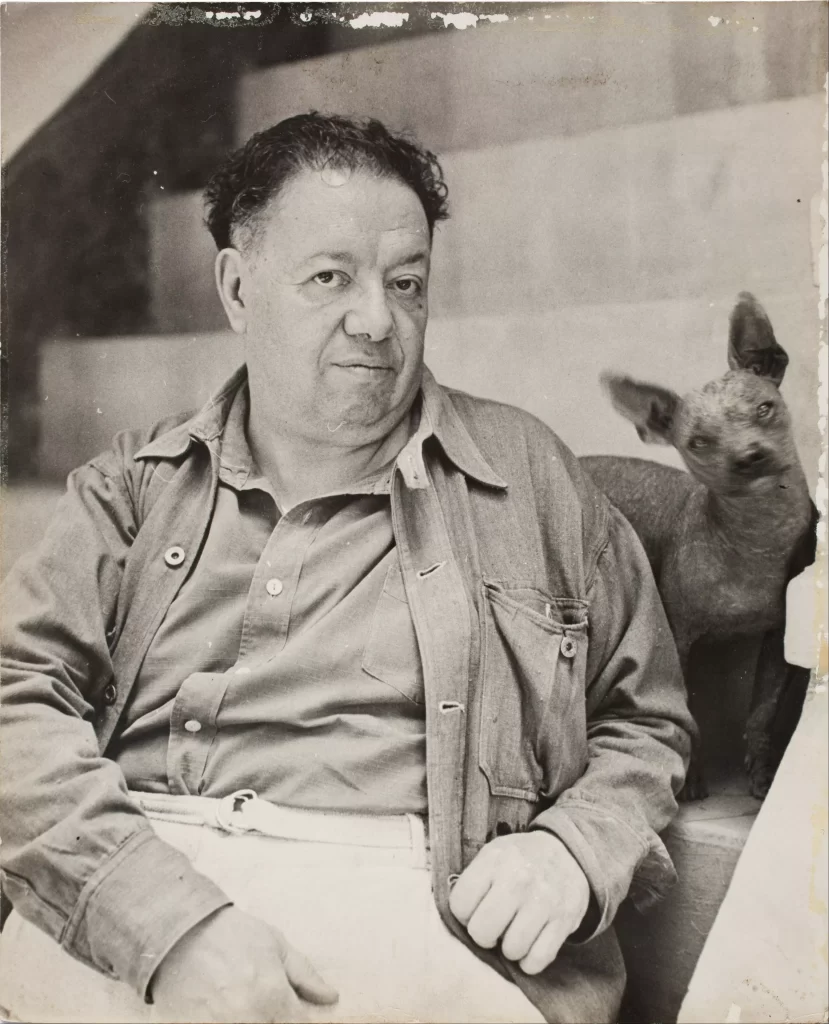
Mexico’s history, culture, and indigenous customs were firmly ingrained in Diego Rivera’s artwork. Rivera’s paintings, which he created with a fine sense of arrangement and meticulous attention to detail, exhibited the liveliness of Mexican life. His creations honored the resilience of the Mexican people and their efforts for social justice and freedom. Rivera’s use of vivid colors, imposing forms, and minute details defined his style. His murals frequently featured subjects from Mexican mythology, history, and daily life, fostering a sense of pride in the country.
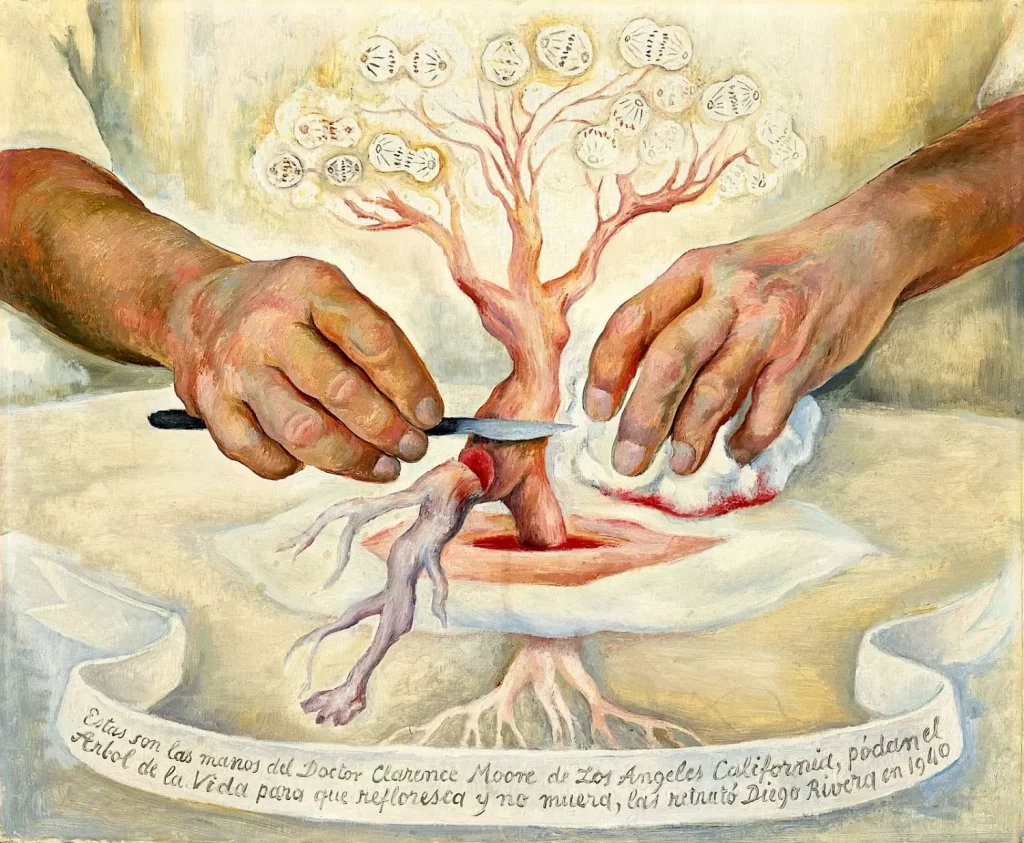
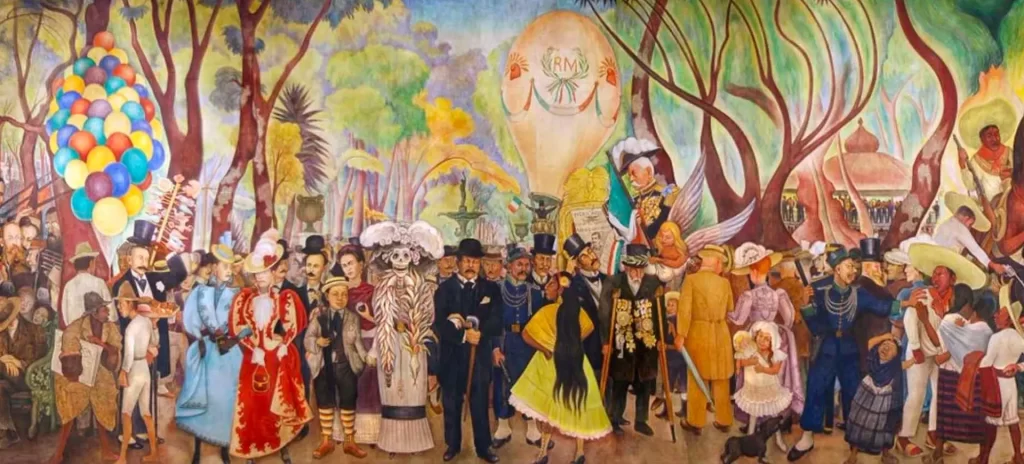
What Sets Them Apart
Despite having unique artistic preferences, the Big Three Muralists believed art could be a tool for social change. Their murals graced public locations rather than remaining confined to gallery walls, making art available to everyone. They stand out as icons of change because of their unwavering dedication to portraying the sufferings of the oppressed, social injustices, and the resilience of the human spirit.
Conclusion
The Big Three Muralists, David Alfaro Siqueiros, José Clemente Orozco, and Diego Rivera, revolutionized the field of art with their striking murals and uncompromising dedication to social justice. Thanks to their distinctive aesthetics, passionate themes, and commitment to capturing humanity’s difficulties and victories, they have become eternal icons. Their legacy is carried on in the lively cultural tapestry all around the world.










